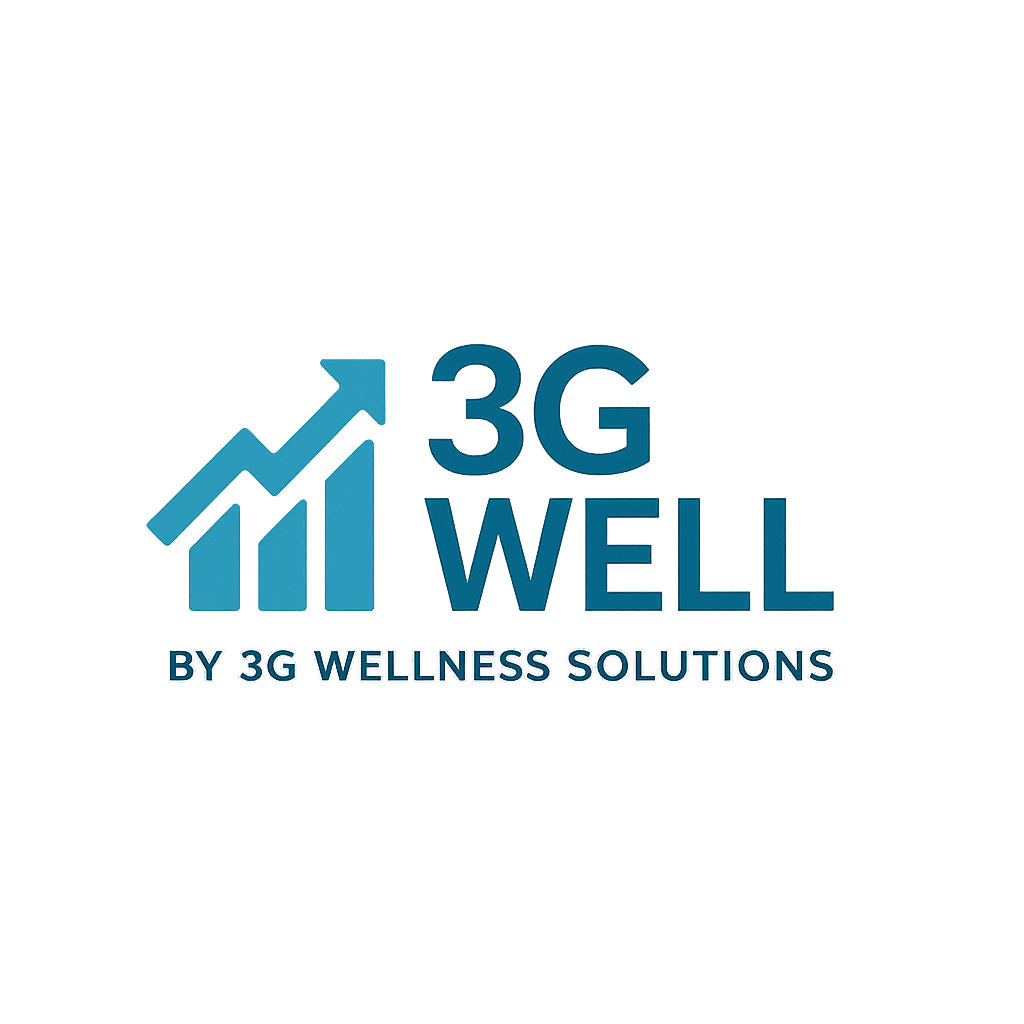Materiales Saludables para la Construcción: Guía WELL v2™ para Reducir VOC, Plomo y Químicos Tóxicos
agosto 20, 2025 | by 3G WELLNESS SOLUTIONS

¿Y si las paredes, pisos y muebles a tu alrededor ocultaran amenazas invisibles para tu salud?
Imagina construir o remodelar un espacio… y sin darte cuenta llenar el aire, el agua y las superficies de tu hogar con químicos invisibles que afectan tu bienestar todos los días.
Durante décadas, materiales como el asbesto, el plomo, el mercurio y los compuestos orgánicos volátiles (VOC) fueron comunes en la construcción. Hoy sabemos que dañan la salud respiratoria, afectan la función cognitiva e incluso aumentan el riesgo de cáncer.
The MATERIALS El concepto de Materiales en WELL v2™ no solo busca eliminarlos de los nuevos proyectos, sino también identificar y gestionar riesgos en edificios existentes. Se trata de elegir materiales más seguros, transparentes y optimizados, desde la pintura en tus paredes hasta el sofá de tu sala.
It’s about choosing safer, more transparent, and optimized materials — from the paint on your walls to the sofa in your living room.
Because a healthy space starts with what you can’t see… but you breathe, touch, and live in.
The WELL v2™ Materials concept aims to change that — protecting people by reducing exposure to hazardous chemicals in both new and existing buildings.

Why Materials Matter
Materials are everywhere: in paints, coatings, adhesives, furniture, flooring, insulation, plumbing, cleaning products, and even pesticides. Many contain chemicals that:
- Persist in the environment (legacy contaminants).
- Accumulate in the human body.
- Cause diseases, from asthma to neurological damage.
Did you know? Lead exposure alone accounted for an estimated 1 million deaths in 2017, even in places with regulations.
WELL’s Approach
The Materials concept tackles this issue with two key strategies:
- Transparency – Promoting ingredient disclosure so we know what’s in the products we use.
- Optimization – Choosing materials that are tested, certified, and proven safer for people and the environment.
Key Features of WELL v2™ Materials (X01–X12)
- X01–X03: Restrict and manage hazardous substances (asbestos, mercury, lead, PCBs, CCA).
- X04: Site remediation for contaminated land.
- X05–X06: Limit modern risks like PFAS, flame retardants, phthalates, and VOC emissions.
- X07–X08: Promote materials transparency and optimization with certifications like Declare, HPD, Cradle to Cradle.
- X09–X11: Manage waste, pesticides, and cleaning products responsibly.
- X12: Reduce human contact with pathogen-carrying surfaces.
Impact on Health & Environment
By implementing the Materials concept, projects can:
- Improve indoor air quality (IAQ).
- Protect workers, occupants, and nearby communities.
- Prevent exposure to toxic compounds.
- Drive market transformation towards green chemistry and safer products.
Practical Application
- Specify low-VOC paints, adhesives, and finishes.
- Choose furniture and flooring with third-party certifications.
- Avoid products with PFAS, HFRs, or phthalates.
- Implement sustainable waste and pest management.
- Use safer cleaning protocols and low-hazard products.
Conclusion
Healthy buildings start with healthy materials.
Every choice — from the paint on your walls to the chair you sit on — has the power to either harm or protect human health.
The WELL v2™ Materials concept helps ensure that what we can’t see, but touch, breathe, and live in is safe for all.
👉 Ready to make your next project WELL-aligned? Discover our free resources on healthier materials.
🛠️ WELL Materials Starter Kit
Transform your space with healthier materials and simple product swaps aligned with the WELL v2™ Materials concept:

💡 Philips LED Light Bulbs
Mercury-free, energy efficient, and safer than old CFL bulbs.
Shop on Amazon
🌬️ Amazon Smart Air Quality Monitor
Track VOCs, humidity, CO₂, and fine particles to protect your health.
Shop on Amazon🎨 Bonus Tip: When painting, always choose Low-VOC or Zero-VOC paints to protect your indoor air quality.
RELATED POSTS
View all



